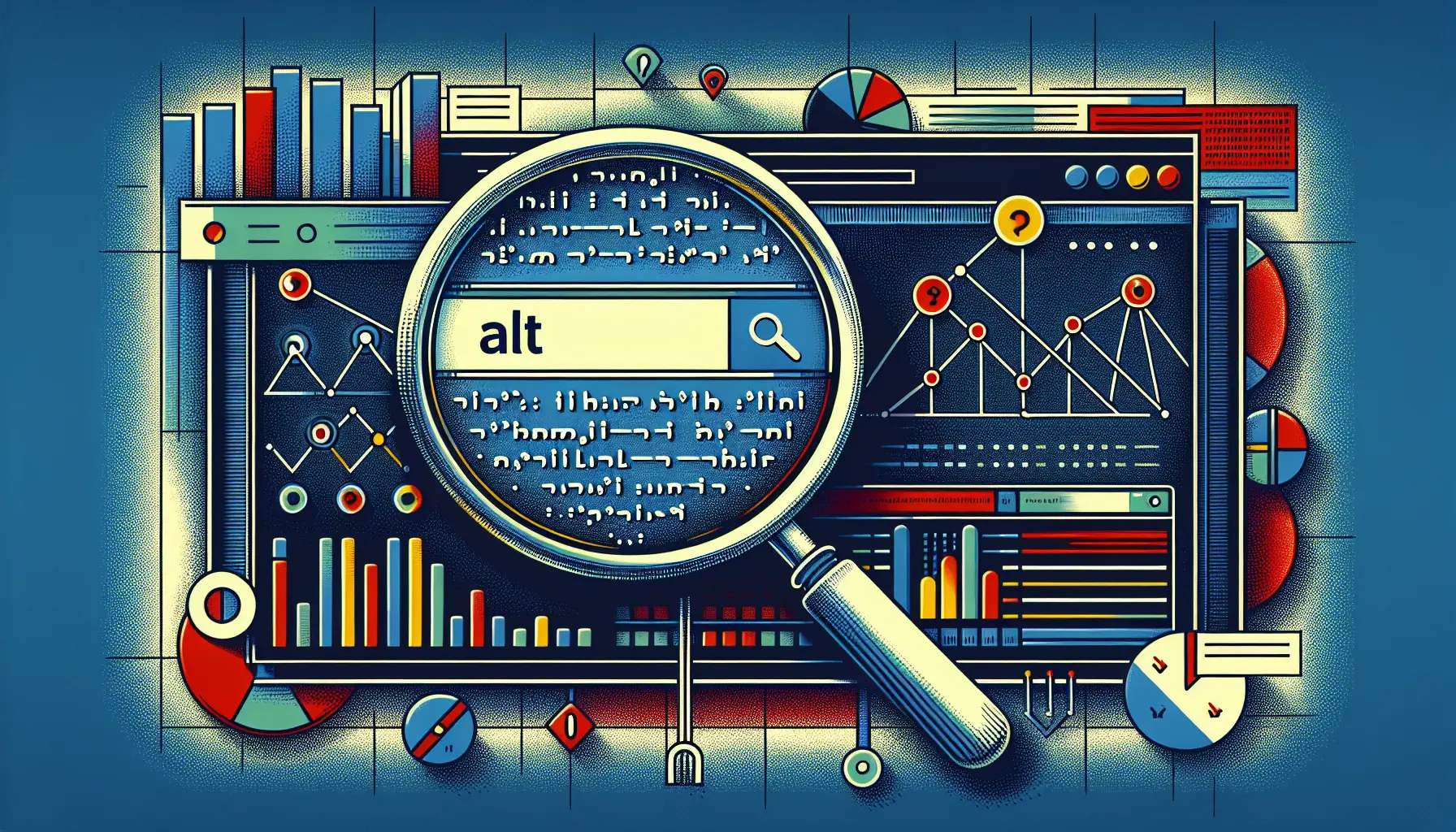Google Prioritises Accessibility Over SEO in Alt Text
Google prioritizes accessibility over SEO when utilizing alt text for images, aligning with the W3C standards for digital accessibility. This guarantees that users with disabilities can fully comprehend visual content. Alt text should enhance user understanding and experience, not be a mere SEO tool. John Mueller from Google emphasizes this accessibility-first approach, encouraging web designers to contemplate user inclusivity. Further insights reveal the path towards a more accessible web.
Understanding the Importance of Alt Text for Accessibility
Alt text serves as an essential component in ensuring web accessibility, particularly for users with disabilities who rely on screen readers to interpret online content.
By providing descriptive text for images, alt text allows individuals to comprehend visual elements within their contextual framework.
Prioritizing accessibility over search engine optimization is vital, as it directly impacts user experience and inclusivity.
Proper implementation aligns with the World Wide Web Consortium (W3C) standards, emphasizing the role of alt text in enhancing digital accessibility.
This approach not only facilitates a broader understanding of content but also supports compliance with established web accessibility guidelines.
Navigating the W3C Decision Tree for Effective Alt Text Usage
Building on the understanding of alt text’s role in accessibility, the W3C decision tree emerges as a structured tool designed to optimize its application. This tool assists in evaluating whether an image requires alt text, ensuring that accessibility remains the priority.
The decision tree poses five critical questions regarding image content, context, and user understanding. By systematically guiding users through these inquiries, it aligns alt text practices with established web standards.
Key considerations include:
- Does the image contain relevant text?
- Is the image part of a functional element like a button?
- Does it convey essential meaning?
- Is it purely decorative with no user impact?
Insights From John Mueller on Alt Text Prioritization
John Mueller, a key figure at Google, underscores the importance of prioritizing accessibility over SEO when it comes to alt text decisions.
He articulates that alt text should primarily serve to enhance the understanding and usability of web content for individuals with disabilities.
Mueller’s insights suggest that alt text should not be treated as an SEO tool but rather as a means to align with accessibility standards and Google’s broader mission.
His advocacy for structured decision-making processes in alt text usage highlights the need for thoughtful consideration of user experience, fostering an inclusive web environment over mere search engine optimization.










